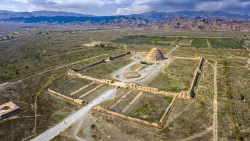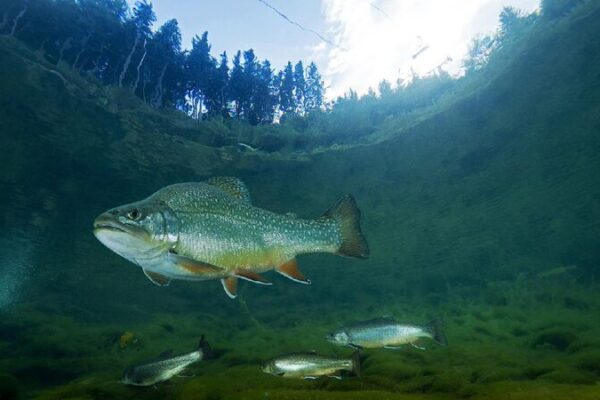Pearls have long been cherished not just as gemstones but as symbols of culture and tradition. In the heart of east China’s Zhejiang Province lies Deqing County, a region transforming the way we view pearl cultivation.
Dating back to the Southern Song Dynasty (1127-1279), communities along the Yangtze River’s middle and lower plains began honing the art of artificial pearl cultivation. Through keen observation and relentless innovation, they mastered techniques that turned their water-rich landscapes into hubs for freshwater pearl farming.
This pioneering spirit led to the development of mixed aquaculture systems, integrating the farming of fish and clams—a practice that has sustained livelihoods for generations. Today, Deqing County stands as a testament to this legacy, where traditional methods meet ecological sustainability.
A recent documentary series on Chinese agricultural heritage shines a spotlight on these practices. It delves into how small pearls are making a big impact by boosting farmers’ incomes while promoting environmental stewardship. The story of Deqing is one of resilience, cultural pride, and the harmonious balance between nature and human enterprise.
Reference(s):
cgtn.com








